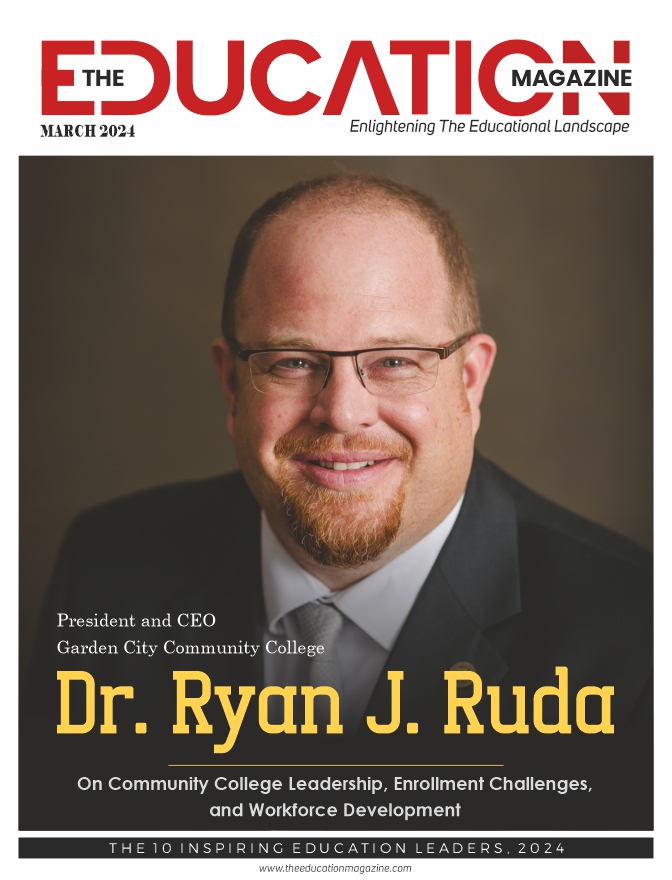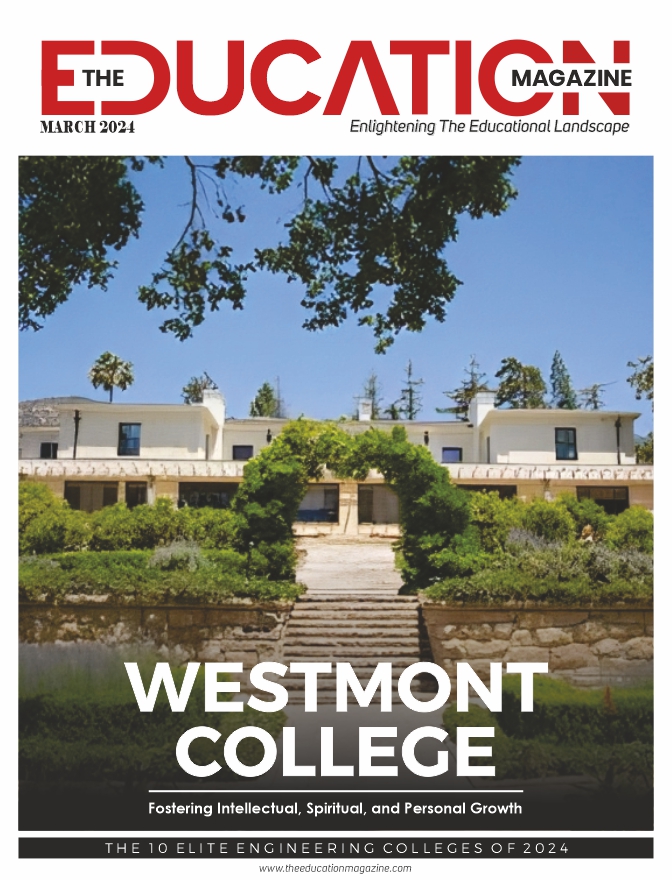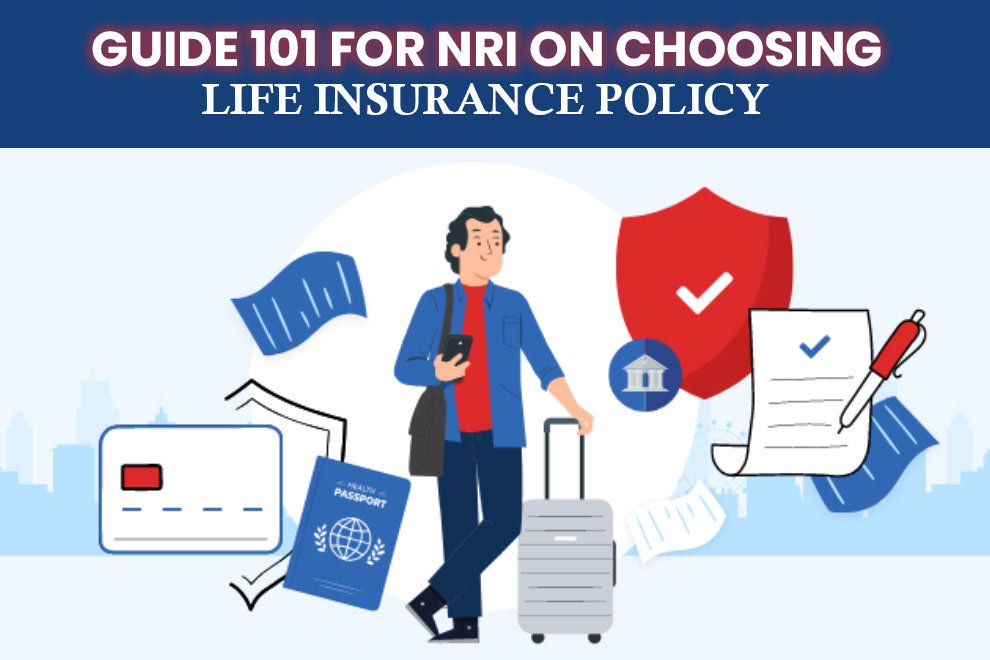In grade 3-5, sports and recreation and interpersonal relationships become the hot topics
Providing students with reading materials that are culturally relevant, appealing, and accessible cannot be overstated. In today’s fast-paced world, full of itching distractions, the simple joy of reading faces massive competition. It’s difficult to find content that can spark students’ interest and keep them engaged in reading on a regular basis. Educators, guardians, and students alike are constantly on the hunt for books that motivate, inspire, build reading skills, and expand knowledge. What Kids Are Reading, issued as National Reading Month begins, highlights fiction and nonfiction reading trends, insights into topics students choose, and helpful tools for educators.
On 2nd Mar 2020, Renaissance, a global leader in pre-K–12 education technology, released the latest edition of its annual What Kids Are Reading report. The report finds that access to reading materials makes all the difference in developing a child’s love of reading. Not only that, once again it highlights the popular fiction and nonfiction reads with millions of K-12 students across the United States. For more than a decade, it has provided educators, families, and communities, unparalleled insights into student’s reading habits.
“What Kids Are Reading provides a unique glimpse into what other students are reading and hopefully sparks new discoveries for others,” said Gene Kerns, vice president, and chief academic officer at Renaissance.
To help educators and families encourage students to read more fiction and nonfiction, What Kids Are Reading report offers:
- Information on the most popular books for each grade.
- Data popular nonfiction and curricular connections by grade bands.
- Tips on how to maximize the effects of the time students spend reading.
In addition, an all-new section has been added by including Lexile text complexity measure and ATOS reading level with each title. The section highlights the connections between reading and different careers and includes sample Lexile text complexity measures for popular careers students might pursue.
Key findings of the report include:
- Students read the most nonfiction in grades 3–5, making up an average of 54 percent of their total reading when reading on a digital platform.
- Three is the magic number: When students read three or more books on a topic, they tend to score higher on comprehension quizzes focused on books in that topic area.
- The number of topics students read about tends to decrease as they progress through school.
The report also shows different colors of how student’s reading interests change as they age. K–2 students gravitate toward poetry and rhymes, so Dr. Seuss books are often the most popular. In grades 3–5, sports and recreation take center stage, and interpersonal relationships become the hot topic as students do transition into middle school. Those interests continue to change as students enter high school, while also balancing assigned reading.










